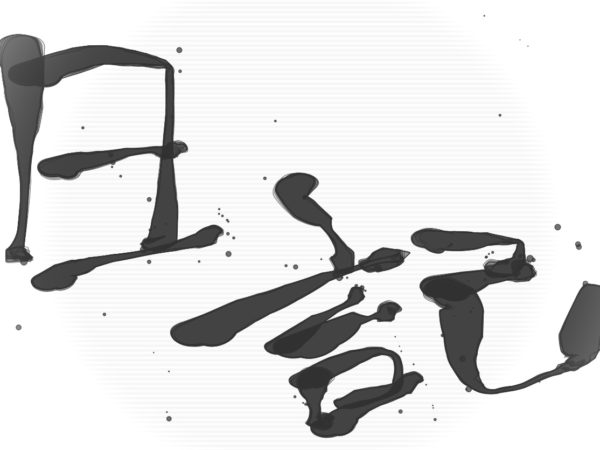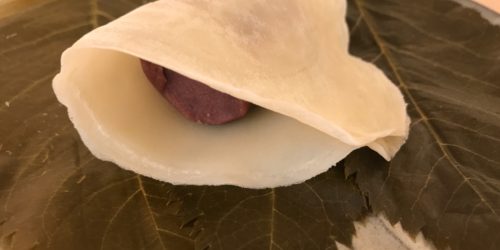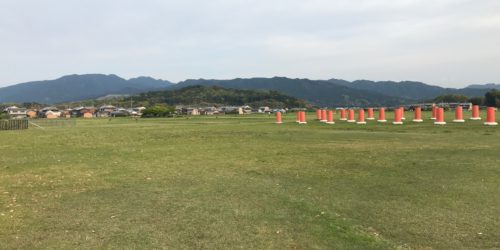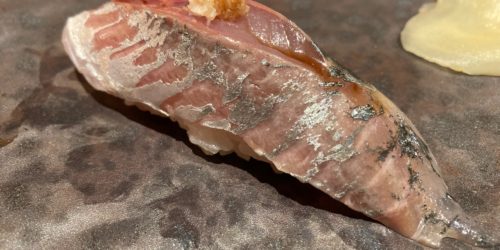That Buddhist statue shows that it has endured the test of time
The buzzing of cicadas and strong sunlight made me feel the middle of summer.
On that day, I went to the Tokyo National Museum located in Ueno Park, Tokyo.
My aim was to see a special exhibition of the Statue of the Eleven-faced Kannon.
Though that Buddhist statue is possessed by Shyorinji Temple in Nara prefecture, which is far from Tokyo, it was transported to the Tokyo National Museum in order to be exhibited for a limited time.
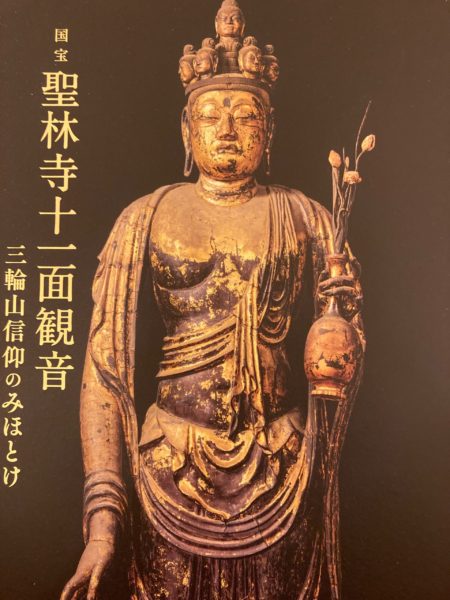
There are a variety of Statues of the Eleven-faced Kannon in Japan.
Among them, that statue is the most famous, and it is designated as a National Treasure in Japan.
The Statue of the Eleven-faced Kannon of Shorinji Temple was displayed in a glass case above our level.
The faint light in the dim exhibition room brought out the mystique of the statue.
It is thought that this statue was made over 1,300 years ago.
The statue has ten small faces on the head besides its main face.
It is the origin of the name, “Eleven-faced”.
The main face is gentle and feminine, but on the other hand, its body is well-shaped like a male’s body.
Strangely enough, those features didn’t make me feel unbalanced at all.
Or rather, I felt a sense of unity, and it might be the mystique.
This statue has been worshiped by so many people for over 1,300 years.
Even after my death, it will surely continue to exist.
Over 240 years ago, this statue was in danger of disappearing in the midst of the confusion caused by a movement to abolish Buddhism.
Actually, this statue was discarded in the grass along the road*.
A monk found it by chance, and he brought it to his home at Syorinji Temple.
After the war, it was designated as a National Treasure in 1951.
The existence of this statue may be a miracle. The condition of statue shows that it has endured the test of time.
*There are various theories regarding the history and believability.
